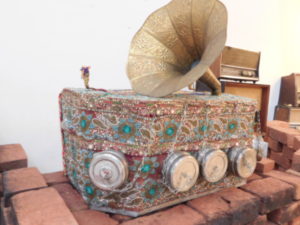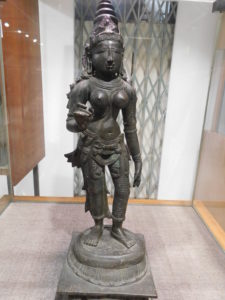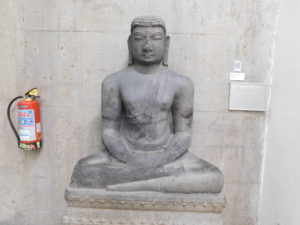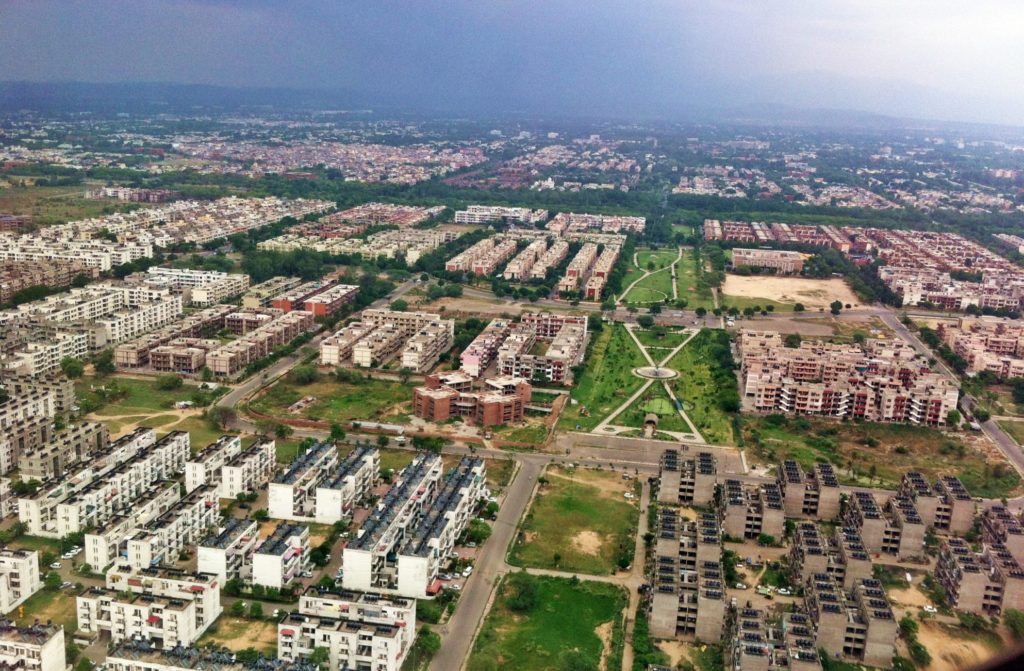The Marvel of Le Corbusier
(Reading Time: 9 min Approx)
India is an amalgamation of rivers, forests, mountains, deserts, cosmopolitan cities and what not. Not all places of India for e.g. mountains or deserts are suitable for all kinds of people. Age, body capacity and health should be kept in mind before going to those places. However, Chandigarh is one of those places where absolutely anyone can travel to.

The best time of travelling to Chandigarh is around October or November. There is a slight chill in the air, but the weather is soothing. It is fully planned city and within its territories lie the city of Chandigarh, several towns and several adjoining villages. Chandigarh gets its name from the Chandi Mandir near Mani Majra. Chandigarh means “stronghold of the goddess Chandi”.
The city is known for its extensive rose garden and for its unusual rock garden, which contains numerous statues created from broken objects by the self-taught artist Nek Chand.
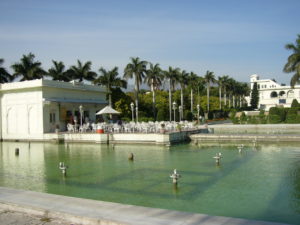
In the northeast is the large, artificial Lake Sukhna, which has become the main spot in the city for promenading and evening recreation. There also are many government-supported sports complexes and community centers. These have served as the training grounds for numerous nationally and internationally competitive athletes in field hockey, cricket, rowing, and other sports.
Brief History
In post-partition India during 1947, the British province of Punjab was divided into two parts. The larger western part i.e. Punjab capital of Lahore went to Pakistan. The eastern part was granted to India which did not have an administrative, commercial or cultural centre. After a lot of discussion, argument and planning, the present site for Chandigarh was selected in 1948. The city would become the symbol of modernity and heal the pride of Indian Punjabis and provide homes for Hindu and Sikh refugees who had fled from Muslim dominated Pakistan.

Chandigarh was designed by the Swiss-French architect Le Corbusier assisted by Maxwell Fry, Jane Drew and several Indian architects and town planners. It took almost a decade to complete the city from the early 1950’s to the early 1960’s.
Sites of Attraction:
Rock Garden
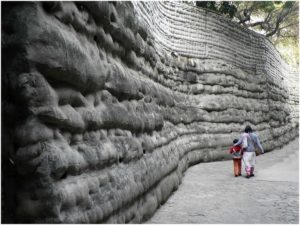
The Rock Garden of Chandigarh is a sculpture garden near the Sukhna Lake. It was the brainchild of Nek Chand. He and his family had migrated from recently created Pakistan to Punjab. In his spare time Nek Chand collected scrap materials from demolished sites around the city. he recycled these materials into an imagined kingdom of his, Sukrani.

A gorge in a forest near Sukhna lake was chosen by him for his work. He established the sculptures without any administrative permission and thus illegal. He was able to hide his work for 18 years before it was discovered by the authorities. By that time the park had grown into a 12-acre open air museum filled with hundreds of potteries covered concrete sculptures of dancers, soldiers, musicians and animals.
The garden was almost destroyed by the government authorities, but Nek Chand had public opinion on his side. In 1976, the garden was inaugurated as a public space. Nek Chand was given the responsibility of the Sub-Divisional Engineer and 50 laborers. In the present day the garden is visited by throng of visitors from all parts of the world.
Open Hand Monument
The Open hand Monument is a symbolic structure that was designed by Le Corbusier. it is located in the Capitol Complex of Chandigarh. The hand signifies “the hand to give, and the hand to take; peace and prosperity and the unity of mankind”.
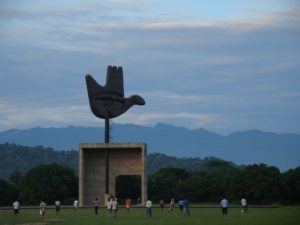
Le Corbusier was struck by the idea of the open hand as a result of his spiritual turmoil and reflections.
The Open Hand Monument was a public project rather than a private project when Le Corbusier began planning it for Chandigarh. The project required quite a lot of funds and initially finances were a bit of an hurdle to find despite Le Corbusier’s connections with the highest echelons of the Govt. of India. It was built in 1985 20 years after his death. The monument had been a dream project of Le Corbusier representing the Utopian symbol of peace and reconciliation.
Museums
Last but definitely not the least Chandigarh is the home to several museums.
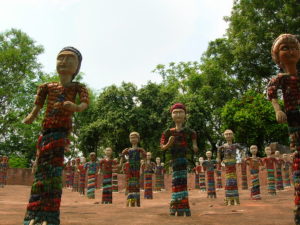
Government Museum and Art Gallery – It houses numerous Gandhara sculptures, Metal sculptures all from the Early and Early Medieval period of India. It also has Pahari paintings, Kangra paintings and contemporary paintings made by artists from all over India.
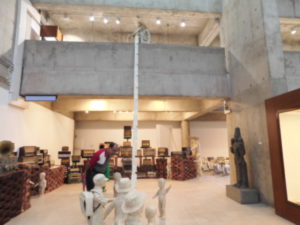
International Dolls Museum – This museum is the cradle of globalization and a reminiscence of childhood. There are hundreds of dolls which represent the Indian culture and along with them dolls from around the globe as well.
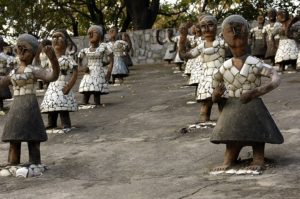
Le Corbusier Centre – This center is dedicated to Le Corbusier; his life and work. He was one of the finest architects who had lived more than half of his life in India and had dedicated his designing and beautifying the city.
